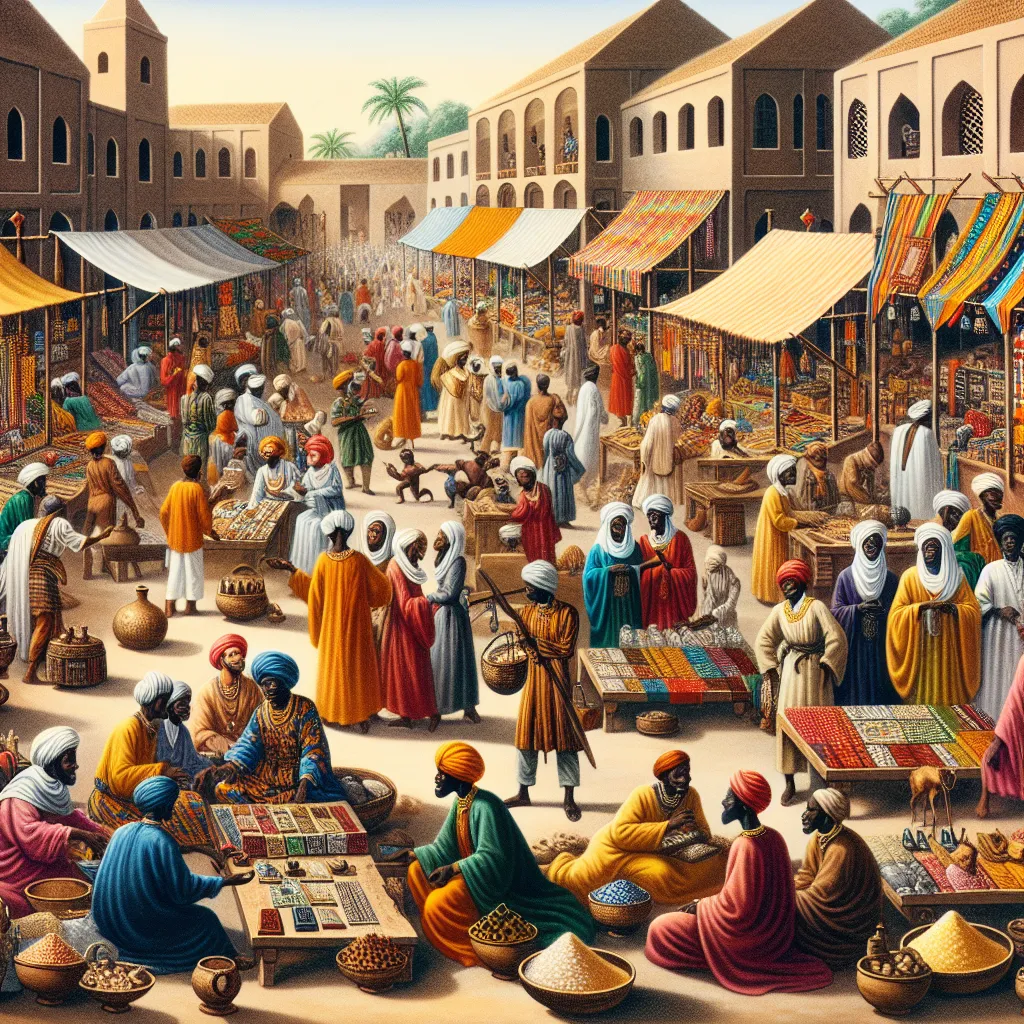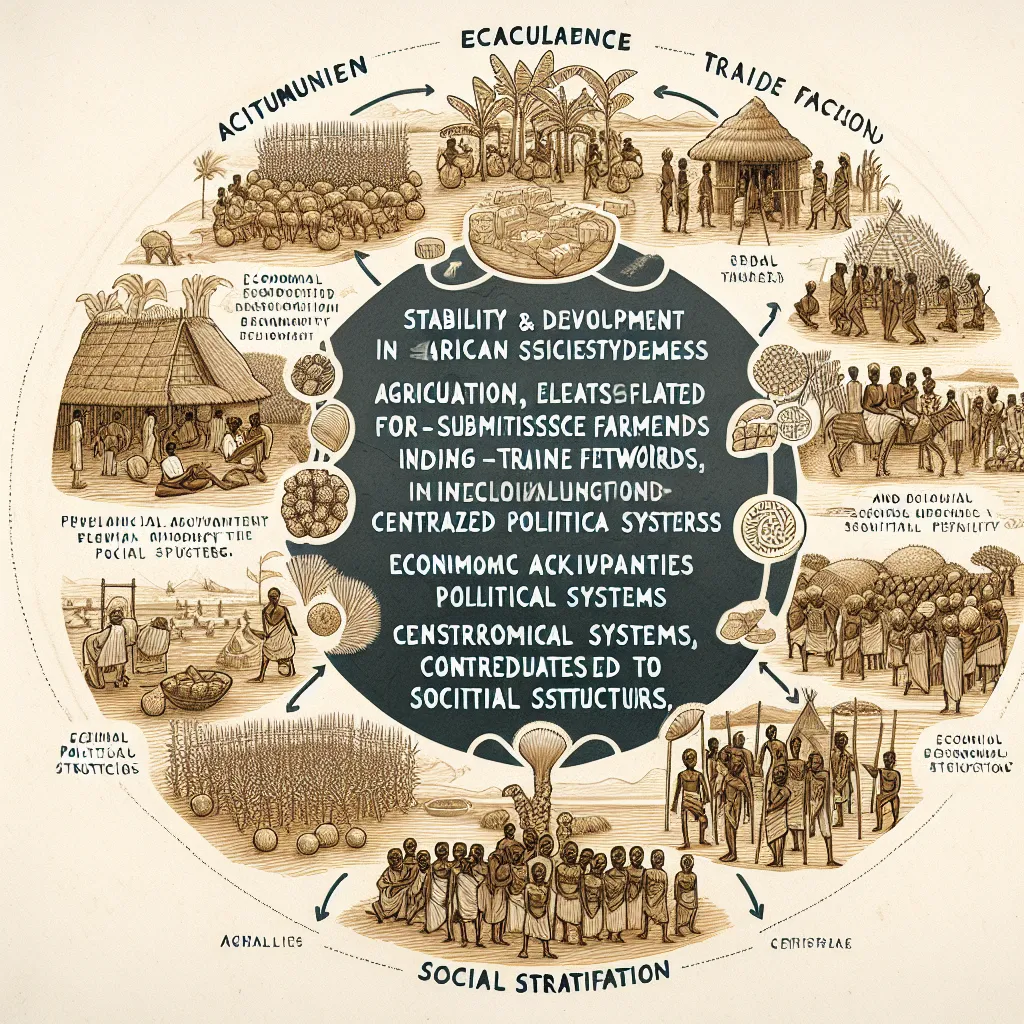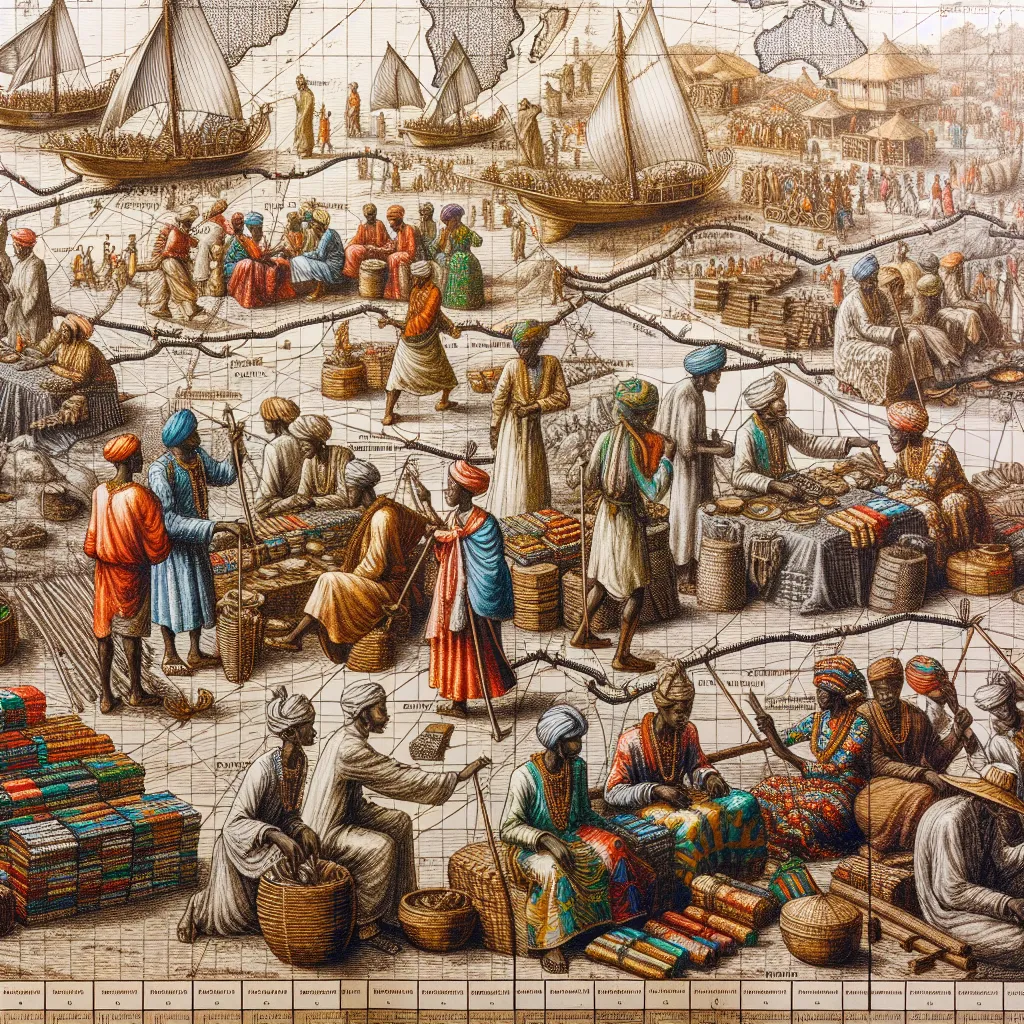Ask AI on The Internet
Question: Thorough analysis of how economic systems contributed to stability and development. Clear links to political and societal structures, with specific examples of these contributions, must have citations and references.
Certainly! Below is a comprehensive analysis of how economic systems have contributed to stability and development, with clear links to political and societal structures and specific examples to illustrate these contributions. ### Economic Systems and Their Role in Stability and Development Economic systems are integral in shaping the stability and development of societies. By defining how resources are allocated, goods are produced, and wealth is distributed, economic frameworks can profoundly influence political stability and societal progress. This analysis delves into varied economic systems, their contributions to stability and development, and the intricate interplay with political and societal structures. #### 1. Capitalist Systems **a. Economic Growth and Innovation** Capitalism, premised on market-driven economies, has been a prolific driver of economic growth and innovation. By encouraging competition and private enterprise, capitalist systems have spurred advancements in technology, productivity, and business efficiency. For instance: - **The Industrial Revolution in the United Kingdom (18th-19th Century):** The transition to industrial capitalism led to unprecedented economic growth and technological innovation, such as the steam engine and mechanized textile production (Mokyr, 1990). **b. Political Stability through Economic Prosperity** Capitalist economies often contribute to political stability by fostering a prosperous middle class that has vested interests in maintaining the existing order. The economic prosperity of post-World War II Western Europe, facilitated by the Marshall Plan, underscores this link. Investments and economic reforms driven by capitalist principles helped rebuild war-torn economies, leading to stable democratic governments (De Long & Eichengreen, 1993). #### 2. Socialist Systems **a. Equitable Resource Distribution** Socialist systems focus on equitable distribution of resources, which can lead to heightened social solidarity and reduced economic disparity. For example: - **Cuba’s Education and Healthcare Systems:** Despite economic constraints, Cuba’s socialist policies have ensured universal access to education and healthcare, leading to high literacy rates and significant public health achievements (Feinberg, 2016). **b. Stability through Social Welfare** By providing comprehensive social welfare programs, socialist economies can mitigate social unrest and promote political stability. The Nordic model, practiced in countries like Sweden and Denmark, blends market capitalism with extensive welfare systems, ensuring social security and high living standards (Esping-Andersen, 1990). This approach has resulted in stable, cohesive societies with robust democratic institutions. #### 3. Mixed Economies **a. Balancing Growth with Social Equity** Mixed economies, which incorporate elements of both capitalism and socialism, aim to balance economic growth with social equity. The evolution of the German social market economy (Soziale Marktwirtschaft) post-World War II is a testament to this balance. - **Germany’s Wirtschaftswunder:** The post-war "economic miracle" in Germany was driven by a mixed approach, where the state provided a regulatory framework that promoted free-market principles while ensuring social welfare (Giersch, Paqué, & Schmieding, 1992). **b. Political Consensus and Institutional Stability** Mixed economies often foster political consensus through pragmatic governance, accommodating diverse economic interests and reducing ideological conflicts. The labor-capital cooperation characteristic of German co-determination policies (Mitbestimmung) illustrates how mixed economic principles can engender cooperative industrial relations, contributing to political and economic stability (Thelen, 1991). ### Examples of Economic Systems' Impact on Political and Societal Structures #### 1. The United States (Capitalist Democracy) The capitalist economic system in the United States has greatly influenced its political and societal structures. - Economic liberalism has encouraged a diverse and dynamic private sector, contributing to the creation of wealth and innovation. - Politically, the wealth generated through capitalism has supported a strong middle class that is key to democratic stability. However, challenges such as economic inequality have also sparked social movements demanding reforms. #### 2. The Soviet Union (Command Economy) In contrast, the Soviet Union's command economy centralized economic planning and state ownership: - Major economic resources were controlled by the state, aiming for rapid industrialization and equitable distribution. - Politically, this economic model required a strong, often authoritarian state apparatus to enforce central plans, which contributed to political stability but at the cost of limited political freedoms. ### Conclusion Economic systems exert a profound influence on political and societal structures, serving as a bedrock for stability and development. Capitalist economies commonly drive growth and innovation but must manage issues like inequality. Socialist economies emphasize equity and welfare, supporting political stability at the risk of economic inefficiencies. Mixed economies strive for the best of both worlds, balancing growth with social justice to foster conducive environments for sustainable development and stable governance. ### References De Long, J. B., & Eichengreen, B. (1993). The Marshall Plan: History's Most Successful Structural Adjustment Program. In R. Dornbusch, W. Nolling, & R. Layard (Eds.), *Postwar Economic Reconstruction and Lessons for the East Today*. MIT Press. Esping-Andersen, G. (1990). *The Three Worlds of Welfare Capitalism*. Princeton University Press. Feinberg, R. E. (2016). *Open for Business: Building the New Cuban Economy*. Brookings Institution Press. Giersch, H., Paqué, K.-H., & Schmieding, H. (1992). *The Fading Miracle: Four Decades of Market Economy in Germany*. Cambridge University Press. Mokyr, J. (1990). *The Lever of Riches: Technological Creativity and Economic Progress*. Oxford University Press. Thelen, K. (1991). *Union of Parts: Labor Politics in Postwar Germany*. Cornell University Press. This analysis underscores the multifaceted contributions of economic systems to societal development and stability, illustrating the intricate dance between economic policies, political structures, and societal growth.
Think your answer is better than the AI's? Post it below.
Question Tags
If you want your question answered by an AI, click here.







Post your own comment: